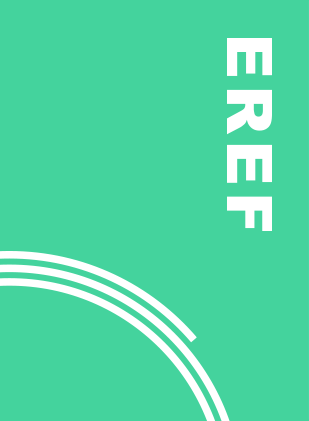
Description
This study has experimentally evaluated seven types of coal combustion residuals (CCRs) comprising six coal fly ash (CFA) samples and one gypsum sample from three different utilities in the U.S. Five of the CFA samples were modified with organo-silanes (OS), rendering them water-repellent. This study generated data on two indicators of water repellency: contact angle (CA) and breakthrough pressure (BP). A revised method for measuring the CA of water repellent CFA was developed and implemented. The revised method allows for contact angles to be measured within an accuracy of ±5o, in comparison to an accuracy of ±20o or greater obtained with conventional methods. BP measurements indicate that OS-treated CFA can resist water entry pressures of up to 10 meters (98 kPa), as compared to untreated CFA which like most ash attracts water and has a negative water entry pressure. Beyond a threshold value of approximately 0.5-meter head, BP measurements appear to become sensitive to pore contact angle and surface tension. These values may not be constant but rather change with increasing pressure. Additional tests including geotechnical and microstructural analysis (index and physical properties, elemental and mineral properties, and thermogravimetric analysis), soil water retention curves, and shear strength were conducted on untreated and selected OS-treated CCRs. Results indicate the untreated CCRs are comparable to silt-sized geomaterials used in geotechnical engineering applications in terms of specific gravity, achievable dry unit weights and gradation. OS treatment affected the packing of OS-treated CCRs, marginally increasing the maximum and minimum dry unit weights of the selected OS-treated CCRs. However, reported peak and residual frictional angles of the OS-treated CCRs remained relatively equal to the dry untreated CCRs. Ultimately this research affirms the general concept that OS may be used to change unencapsulated CFA into a barrier which resists infiltration and reduces leachability. Use of OS-modified CFA as an alternative cover material is plausible. Such benefits are useful for CFA that is disposed as well as beneficially reused in a wide variety of applications. Field demonstration is recommended for scaling of observed behavior.
$0.00